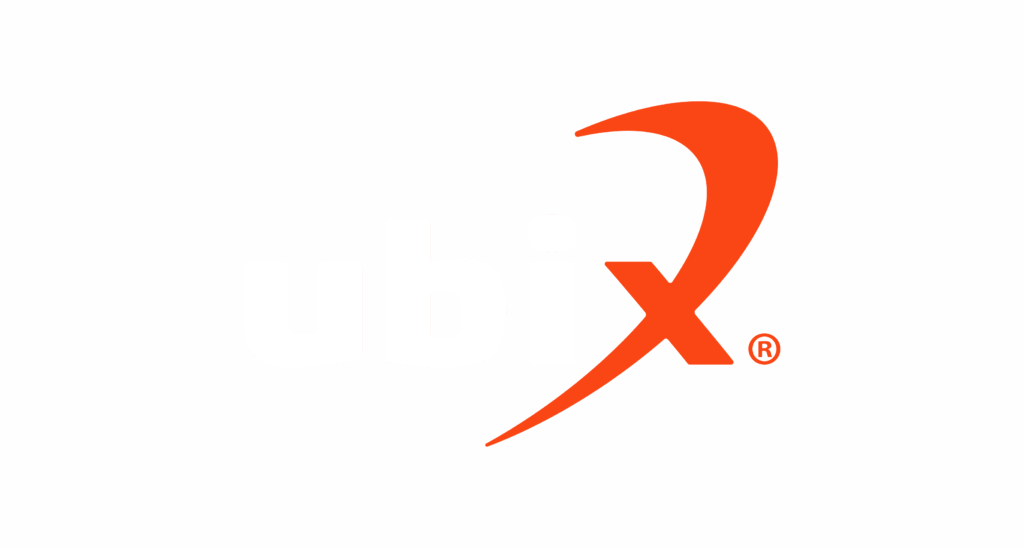Regularly, a high-speed internet is one of the main features that users look for in their connectivity service provider. Activities such as web browsing, online banking and video conferencing require a certain amount of bandwidth to work properly. How much speed does your business really need to do everything that needs to be done online?
Internet speed depends a lot on the amount of bandwidth you have at any given time. The term “bandwidth” refers to the volume of information per unit of time that an internet connection can handle. What does that jargon actually mean? Think about a road. Some roads are 10-lane highways, whereas some are just one-lane county roads. The larger the road, the more cars can fit on it — and the faster they can go without traffic slowing. At certain times of the day (like rush hour), so many cars end up on a road that traffic slows to a crawl. At other times (like 4 in the morning), there might only be a few cars on the road, and they can go as fast as the speed limit—or their personal sense of fearlessness—allows.
So, how much bandwidth do you really need to do your daily activities?
 Many of our most-common online activities take less than 10 Mbps. Have a look:
Many of our most-common online activities take less than 10 Mbps. Have a look:
-
-
-
-
- Checking email or browsing the web: 1 Mbps
-
-
-
- Video calling: 1 to 4 Mbps
- Standard definition video streaming: 3 to 4 Mbps
- High definition video streaming: 5 to 8 Mbps
So why would you need more than 10 Mbps or so of speed? Devices! The more devices you have on your connection, the more bandwidth you’ll take up.
Ubix Internet Satelital offers speeds of up to 12 Mbps in all the country, please contact our advisors to give you more detailed information about the business connectivity solutions that Ubix offers for all types of business in the national territory.


